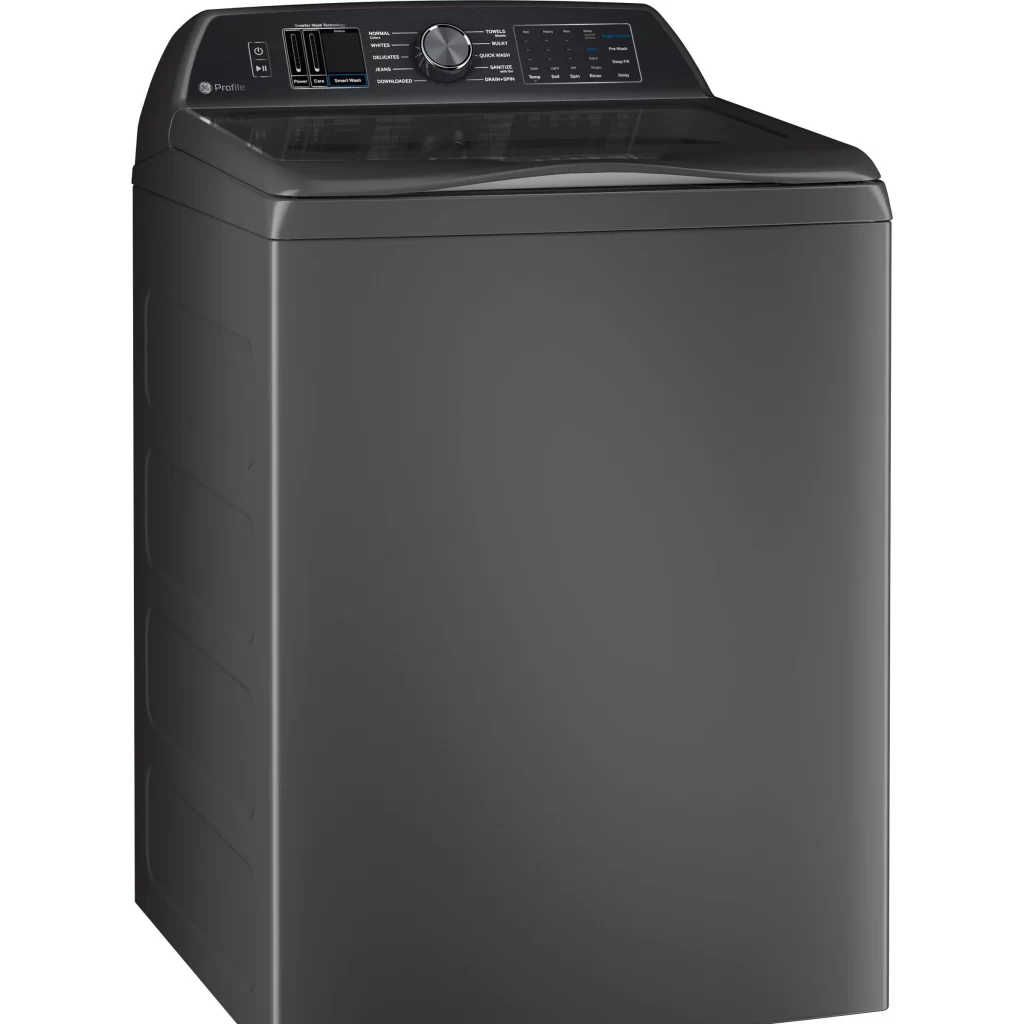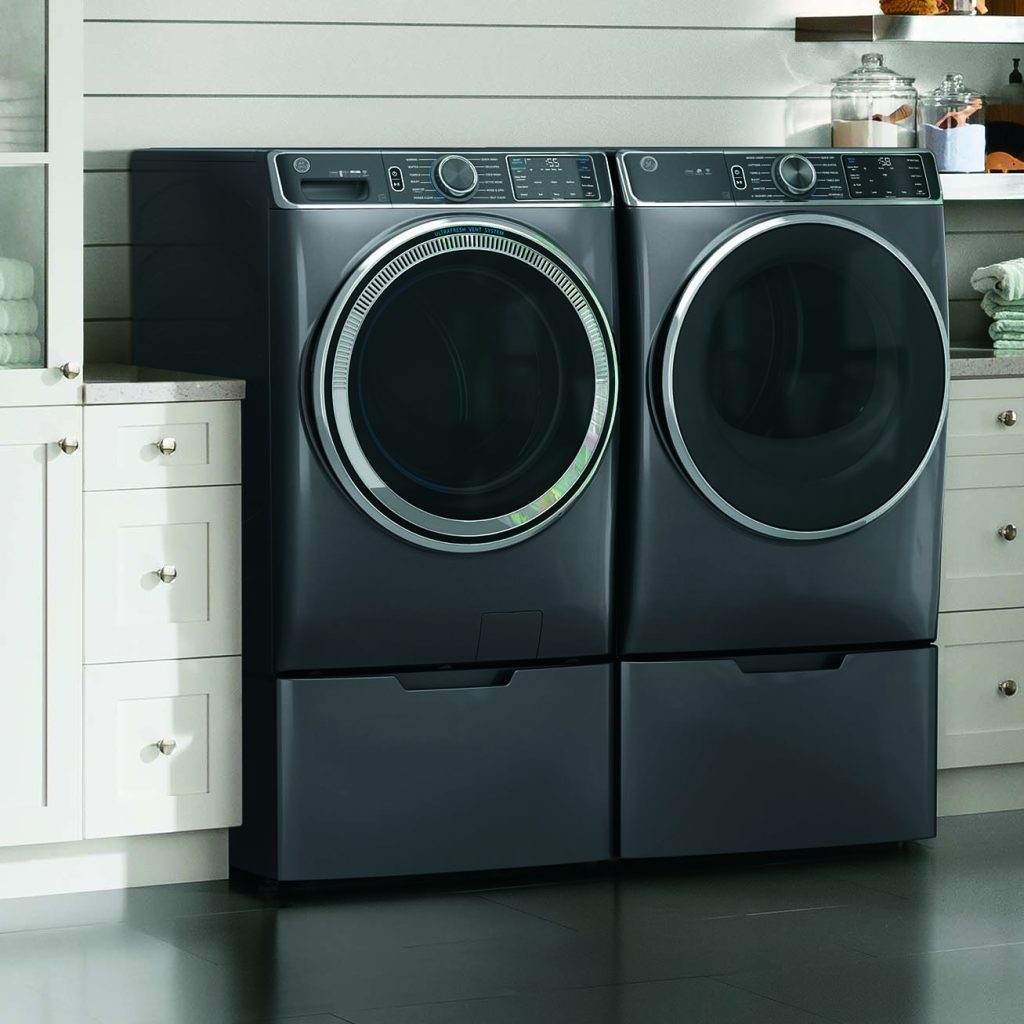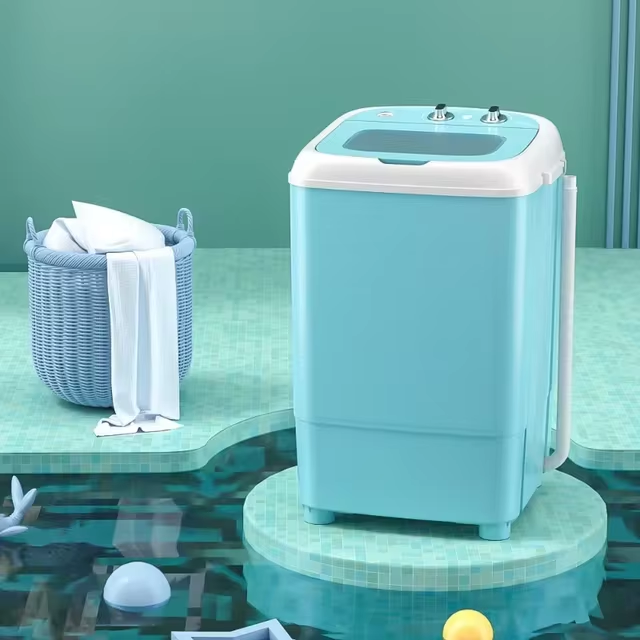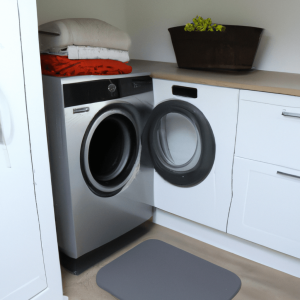Solving Common GE Washer Issues Without a Tech
Recognizing the Signs of Washer Distress
Identifying Unusual Odors from Your GE Washer
Unusual odors often suggest a build-up of mold, mildew, or bacteria inside your washer. Check for signs of grime or detergent residue. A thorough cleaning can typically eliminate these smells.

Recognizing Leakage Issues and Their Sources
Leaks can stem from several issues, such as damaged hoses or faulty seals. Check your GE washer’s hoses and door gasket for any signs of wear or tears. Address leaks from the bottom by inspecting the water pump.
Detecting Drainage Problems in GE Washers
If water remains in your washer post-cycle, check the lid switch, drain hose, and pump. Ensure the drain hose is free from blockages or kinks. Test the pump for damage or obstructions.
Troubleshooting Spin Cycle Failures
Overloaded drums or imbalanced loads can hinder spinning. Reduce washer load and redistribute clothes evenly. Inspect the drive belt and lid switch for malfunctions if problems persist.
What to Do When Your GE Washer Won’t Fill
Ensure your machine is getting water by checking the hoses and faucets. If water supply isn’t an issue, investigate the water level switch and inlet valve. Call a technician if these parts appear faulty.
DIY Fixes for Common Washer Problems
Eliminating Bad Smells from Your GE Washing Machine
To get rid of odors, clean your washer regularly. Start by wearing gloves. Mix hot water with bleach and lemon juice, or vinegar for a natural solution. Clean the gasket and other areas well. Run a wash cycle with the cleaning mix. Leave the door open afterwards to dry.
Addressing Leaking Issues in GE Washers
Leaks often come from damaged hoses or seal issues. Inspect all hoses and valves at the washer’s back. Look for signs of damage. Replace if needed. Overloading or excess detergent in top-loaders can cause overflow. Check the water pump in bottom leaks. In front-loaders, check the door gasket and drum seal.
Clearing Drainage Blockages Effectively
If your washer won’t drain, check the lid switch, water pump, and drain hose. Press the lid switch to test it. Remove and inspect the pump for blockages. Look over the drain hose. Unblock your drain with a plunger if needed.
Resolving Spin Cycle Complications
Don’t overload your washer. This can stop the drum from spinning. Large, heavy items also make it harder for the drum to move. If reducing the load doesn’t help, check the lid switch and drive belt. If these are functional, a qualified technician should look at any electrical issues.
Steps to Take When Your Washer Fails to Fill
First, check the hoses and ensure faucets are on. If water reaches your GE washer, the issue might lie with the water level switch or inlet valve. A blocked water filter can also be a culprit. In these cases, it’s wiser to call a professional technician.
Prevention and Maintenance for GE Washers
Proper care extends the life of your GE washing machine and prevents common issues.
Routine Cleaning and Care Tips
Make cleanliness a priority for your GE washer. Regularly remove any residue and detergent build-up.
- Weekly Basis: Wipe the washer’s exterior and interior surfaces with a damp cloth.
- Monthly Basis: Run an empty hot water cycle with vinegar to dissolve any soap scum.
- Bi-annual Basis: Inspect and clean your washer’s detergent and fabric softener dispensers.
Keep the washer door or lid ajar after use to prevent mold and mildew formation.
Regular Inspection of Washer Components
Consistently check essential parts of your washer to avoid surprises.
- Hoses and Valves: Every few months, examine water hoses and valves for signs of wear or leaks.
- Gaskets and Seals: Inspect door gaskets and seals for damage or debris buildup, especially in front-loading models.
- Filters: Clean lint and debris from the drain pump filter to ensure unimpeded water flow.
- Belts: Review the drive belt for any signs of damage or wear annually; replace if necessary.
Frequent maintenance helps prevent the need for ‘ge washing machine troubleshooting’ and ensures your washer runs efficiently.
 When to Call a Professional
When to Call a Professional
While many issues with your GE washing machine can be resolved with DIY approaches, certain problems require expert attention. Knowing when to call in a professional is crucial for your safety and for the longevity of your appliance. If after using the ge washing machine troubleshooting tips you still face issues, it might be time to seek technical assistance.
Assessing the Need for Technical Assistance
Professional help is necessary when you encounter complex issues, such as electrical faults, intricate mechanical problems, or when you’ve exhausted all simple fixes without success. Signs that indicate the need for a technician include persistent error codes, repeated problems despite attempted repairs, and any situation where you are unsure of your safety when handling the washer.
When you experience water leaks that you can’t pinpoint, or if your machine makes unusual noises during operation, these could signify serious internal issues. Electrical concerns, particularly wiring problems or failures that trip your home?s circuit breaker, also call for professional skills. In such cases, it?s safer and more efficient to let a trained technician handle the job.
Troubleshooting Tips That Require a Technician
There are specific troubleshooting steps that are best left to a technician due to their complexity or the need for specialized tools. If you’ve checked the drive belt but the drum still won’t spin, a technician should inspect the motor and related components. Additionally, working with a washing machine?s intricate water inlet valves or pressure chambers requires expertise to avoid causing further damage or potential flooding.
If your GE washing machine has a faulty water level switch or you suspect the transmission is the issue, it’s time to call a technician. Any repairs involving the opening up of the washer’s housing to access the internal mechanics should be handed over to a professional. They have the tools and the know-how to safely and accurately diagnose and fix the issue.
Regular maintenance can forestall many problems, but when faced with complex, recurring, or electrical issues, turn to a qualified technician. This will help ensure your GE washing machine runs smoothly while preserving its lifespan and your peace of mind.
Tools and Supplies for Washer Repair
When venturing into the world of ‘ge washing machine troubleshooting,’ having the right tools and supplies is crucial. These are the essentials that will help you diagnose and fix most issues with your GE washer.
The Essentials for Diagnosing Washer Issues
Tackling washer repairs requires some basic tools and materials. Here’s a list to get you started:
- Multimeter: An indispensable tool for electrical testing; it helps check for power and continuity.
- Screwdrivers: A set of screwdrivers, including both flathead and Phillips head, is essential.
- Pliers: Needle-nose and slip-joint pliers can come in handy for gripping and removing small parts.
- Wrench Set: Used for turning hoses and other components that require tightening or loosening.
- Gloves: Protective gloves should be worn to safeguard your hands from sharp edges and chemicals.
- Cleaning Supplies: Have a blend of cleaning solutions, rags, and brushes for clearing grime and detergent buildup.
- Replacement Parts: Keep common replacement parts like seals, gaskets, and hoses available in case they are needed.
Before you start troubleshooting your GE washing machine, gather your tools and prepare your workspace. It’s vital for both safety and effectiveness during repair work. Clear space around your machine to allow for unobstructed access to all parts. Remember, accuracy in diagnosing issues often depends on having the right tools for the job.
 Understanding Error Codes and Washer Messages
Understanding Error Codes and Washer Messages
Modern GE washing machines come equipped with digital displays that can show error codes and messages. These codes are designed to alert you to specific issues within your washer’s operation. Understanding what these codes mean is vital for effective ge washing machine troubleshooting.
Deciphering Your GE Washer’s Alerts
When your GE washer displays an error code, it’s giving you a clue to the problem. Each code corresponds to a particular issue, from imbalances to system failures. Here’s how to decipher the most common GE washer error codes:
- Code E22: This means the washer is taking too long to fill. Check if the faucets are on and if the screens on the inlet hoses are clogged.
- Code E23: This indicates a drainage problem. Check for clogs or kinks in your drain hose.
- Code E31: Suggests an issue with the water level. This could mean a problem with the pressure switch.
- Code E57 or E58: These codes indicate a problem with the motor. If you see these, it’s time to call a technician.
Refer to your GE washer’s manual for a complete list of error codes and what they mean. Doing so can save you time and help pinpoint issues quickly. If the solution isn’t clear or you find the manual’s instructions too complex, do not hesitate to call a professional. They have the necessary knowledge to handle such problems safely and efficiently.

